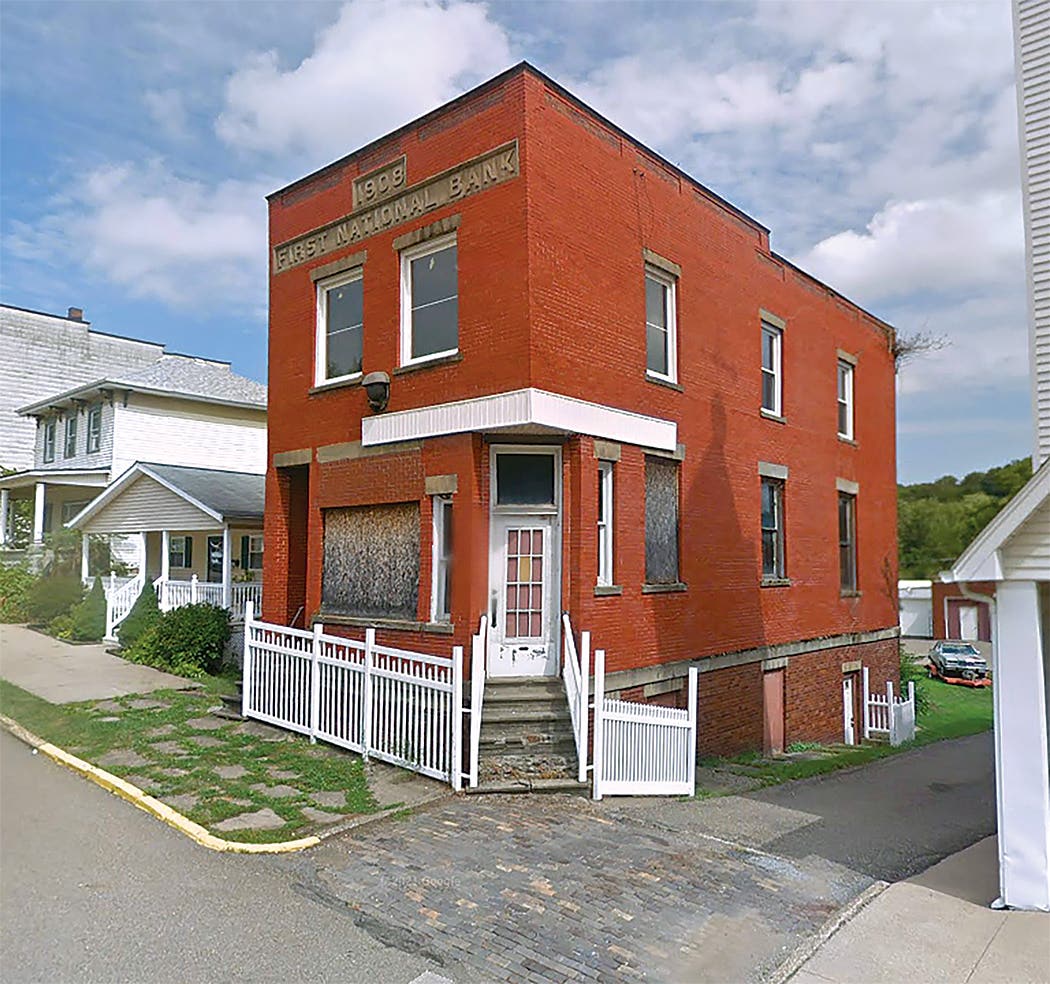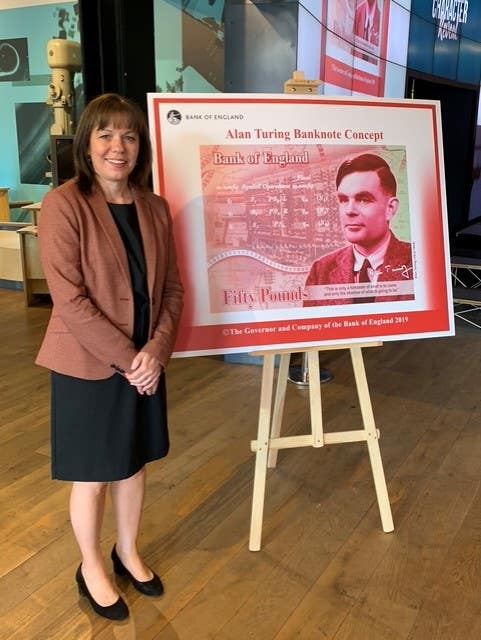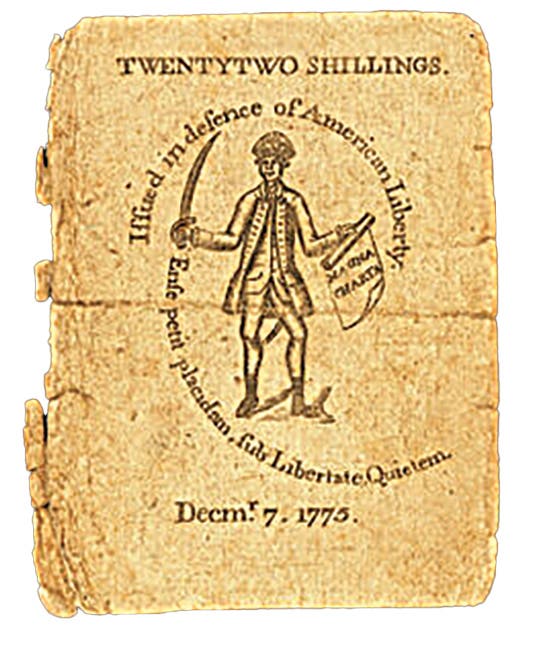Iowa’s “key” to bank architecture
by Mark Hotz Some years back I had a chance to drive through central Iowa, and I was told by several people to be sure to visit Grinnell, a town…
by Mark Hotz
Some years back I had a chance to drive through central Iowa, and I was told by several people to be sure to visit Grinnell, a town that was chock full of wonderful historic structures.
I hadn’t forgotten this advice, and so on a bright, sunny day I headed to the western edge of Poweshiek County to see historic Grinnell, Iowa. Grinnell is due east of Des Moines and is easily reached off Interstate 80 at the exit for State Route 146. Grinnell sits at the junction of Route 146 and U.S. Highway 6.
Grinnell’s founding seems like a historic fable. The town was founded by and named for Josiah Bushnell Grinnell, an abolitionist pastor at the First Congregational Church in Washington, D.C.
After Grinnell lost his pastorate in 1853 for giving an anti-slavery sermon, he headed to New York, and it was to Grinnell that famed abolitionist Horace Greeley tendered his infamous advice “Go West, young man, go West!” Grinnell took the advice and settled in Iowa in 1854, founding the town that bears his name and later giving land and buildings to Iowa College, later renamed Grinnell College in his honor.
Modern Grinnell certainly does not disappoint. It is one of the most attractive towns in Iowa; virtually the entire downtown area has been placed on the National Register of Historic Places. Nearly all of the historic buildings have been beautifully maintained and are in use as businesses today. The college, which is located just off the downtown area, is a thriving liberal arts institution, and the influx of young blood into the Grinnell area keeps it vibrant. Grinnell had been home to no less than four national banks, and I was delighted to locate each of them.
Grinnell’s first national bank was, no surprise, the First National Bank of Grinnell, charter #1629, organized in 1866 and closed by the receiver in 1904, ostensibly for “incompetent management”. Although this bank had a long life, it issued very few notes, having a total circulation over nearly 40 years of just $319,000. Virtually all of its issue was First Charter notes; it did issue some Brown Back notes from 1886 until the close, but this consisted entirely of 800 sheets of $50-$100 notes, none of which are known today. The existing notes from this bank are all $1 First Charter Aces, making this a very rare bank to add to any collection.
The bank was housed in the Spencer Block, wonderfully preserved on the corner of 4th and Main Streets. This gorgeous red brick building features fantastic crenelated dormers, and is accented by marble accoutrements and entranceways painted in green and gold. It serves today as the offices of Allen Financial, an investment consultant, as well as residences.
Grinnell’s Merchants’ National Bank received charter #2953 in 1883 and was closed by the receiver in 1924. This was Grinnell’s largest national bank, with a total circulation of almost $750,000. Oddly, this bank elected to issue just $50 and $100 notes during its entire life.
Six of the Third Charter $50 notes are currently reported. It was located in the 1889 Cass & Works block still standing in Grinnell (see accompanying period postcard and current photo.)
This building proved too small by 1910, and the bank commissioned a new structure which has become one of the most famous banks in all of Iowa and one of the jewels of small-town bank architecture to be found anywhere in the nation. It was designed and constructed in 1914 by Louis H. Sullivan, one of the most renowned American architects and a founder, along with Frank Lloyd Wright, of the style known as the Prairie School of Architecture.
Sullivan was famous for designing Chicago skyscrapers, but toward the end of his career concentrated on small-town commercial structures. His small-town banks include the Merchants National Bank at Grinnell and the National Farmers Bank at Owatonna, Minnesota.
The Merchants’ National Bank building designed by Sullivan is one of the gems of Grinnell. It is known as Sullivan’s “jewel box” for its square shape and the keyhole motif of its entrance. It is truly an architectural masterpiece and well worth the visit to Grinnell. The building was placed on the National Register of Historic Places in 1976 and is owned by the Brenton Bank of Poweshiek County today. The unique structure has been restored and currently houses the Chamber of Commerce, Grinnell Convention and Visitors Bureau, Greater Poweshiek Foundation, and the Imagine Grinnell foundation. It is a very interesting building and the façade truly is magnificent.
Grinnell’s last two national banks were actually one and the same. The Citizens National Bank of Grinnell, charter #7439, was chartered in 1904 and was placed in voluntary liquidation on July 31, 1930. It was then immediately absorbed by the newly created Poweshiek County National Bank, charter #13473, which had been chartered the previous month. The Citizens National Bank issued Third Charter notes and a handful of small size notes before it closed in 1930; its total issue $448,000 over 26 years and all of its notes are rather scarce, the small size especially so. The Poweshiek County National Bank issued small notes only and quite a few are reported.
The Citizens National Bank building is a most attractive corner bank block situated next to the old I.O.O.F. Hall in Grinnell’s downtown business district. Its salient feature is a large copper-sheathed cupola-topped dormer that overhangs the original corner entrance. The building has been face lifted with the original corner entrance and street-level side windows bricked up and a new, simpler storefront added. It is now in use as “Bill’s Jewelry Shop,” but is still a most attractive architectural anomaly. The Poweshiek County National Bank continued to use this structure after the Citizens National Bank closed.
From Grinnell, I headed north to explore the area south of Waterloo/Cedar Falls. At the junction of U.S. Route 63 and State 8, in Tama County, I came across Traer, Iowa, a neat little town undergoing a considerable rejuvenation. Traer was founded in 1873 as farming and commercial center on the Wolf River about 20 miles south of Waterloo, and its proximity to that city has made it an attractive bedroom community.
The First National Bank of Traer, charter #5135, opened in 1898 and succeeded the Banking House of Brooks & Moore. Reflecting the financial health of the region, it was a large and active bank with a total circulation of $1.05 million over its 35-year life. It was placed in voluntary liquidation in July of 1934 with just over $99,000 outstanding at the close. This large amount is reflected by the combined census of nearly 50 large and small notes known today.
Traer’s Main Street is one of the most attractive that I saw in Iowa; both sides of the several block long street were replete with period structures adorned by fancy crenelated pediments. Many of the structures (as well as quite a few homes) had gingerbread woodwork. Virtually all of the commercial structures were in use and many were being lovingly restored. On the corner of Main and 2nd Streets, I spotted the old First National Bank of Traer building.
It is an attractive corner block situated next to the 1885 O.T. Bower Block and the 1895 Thomas & Sons Block. The bank building was undergoing restoration when I visited and was not in commercial use; the new owner has spent considerable time and effort restoring the fancy finial-topped façade and painting the entire brick structure beige with brown highlights. I have located a 1913 photo postcard of Traer’s Main Street that shows the bank and the Thomas & Sons Block next door. Compare this to the modern photo of the bank and you will easily see the careful restoration that has been done. The town is most attractive and is easily accessible. Main Street alone is well worth the visit.
Readers may address questions or comments about this article to Mark Hotz directly by email at markbhotz@aol.com.








